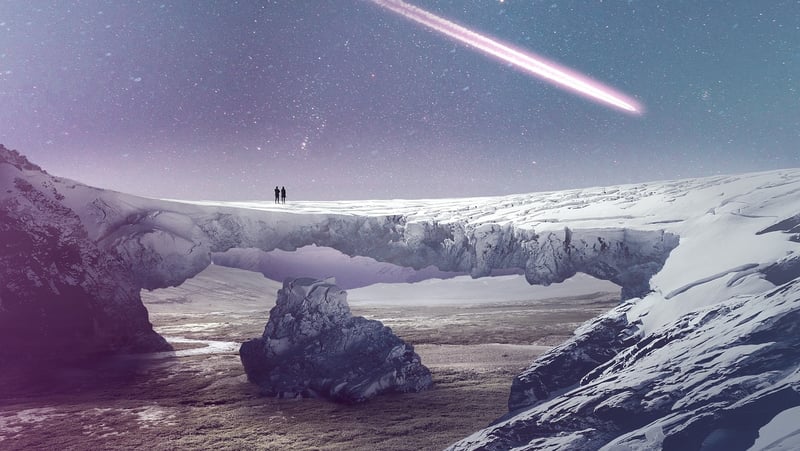Future Exploration
Exploring Different Eras and Future Exploration
Introduction
Exploring different eras allows us to delve into the past, understanding how civilizations evolved and how history shaped our present. Additionally, looking into the future of exploration opens up endless possibilities of what lies ahead for humanity.
Ancient Era
The ancient era, spanning from the dawn of civilization to the fall of the Roman Empire, offers insights into early human societies, monumental constructions like the Pyramids of Giza, and advancements in agriculture and writing.

Medieval Era
The medieval era, characterized by castles, knights, and feudalism, witnessed the spread of religions, the rise of monarchies, and significant developments in art, architecture, and technology like the printing press.

Industrial Era
The industrial era brought about the Industrial Revolution, transforming economies with mechanization, steam power, and mass production. It led to urbanization, improved living standards, and the birth of modern industries.

Modern Era
The modern era is marked by globalization, technological advancements, and rapid communication. Innovations like the internet, space exploration, and renewable energy define this era, shaping our interconnected world.

Future Exploration
The future of exploration holds exciting prospects such as space tourism, colonization of other planets, advancements in artificial intelligence, sustainable living practices, and the discovery of new energy sources.
Conclusion
Exploring different eras allows us to appreciate our past achievements and learn from our history, while future exploration challenges us to push boundaries and envision a brighter tomorrow for generations to come.
Let us continue to explore the depths of time and space, embracing the rich tapestry of human history and the limitless possibilities that the future holds.
